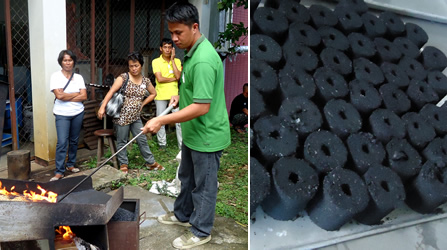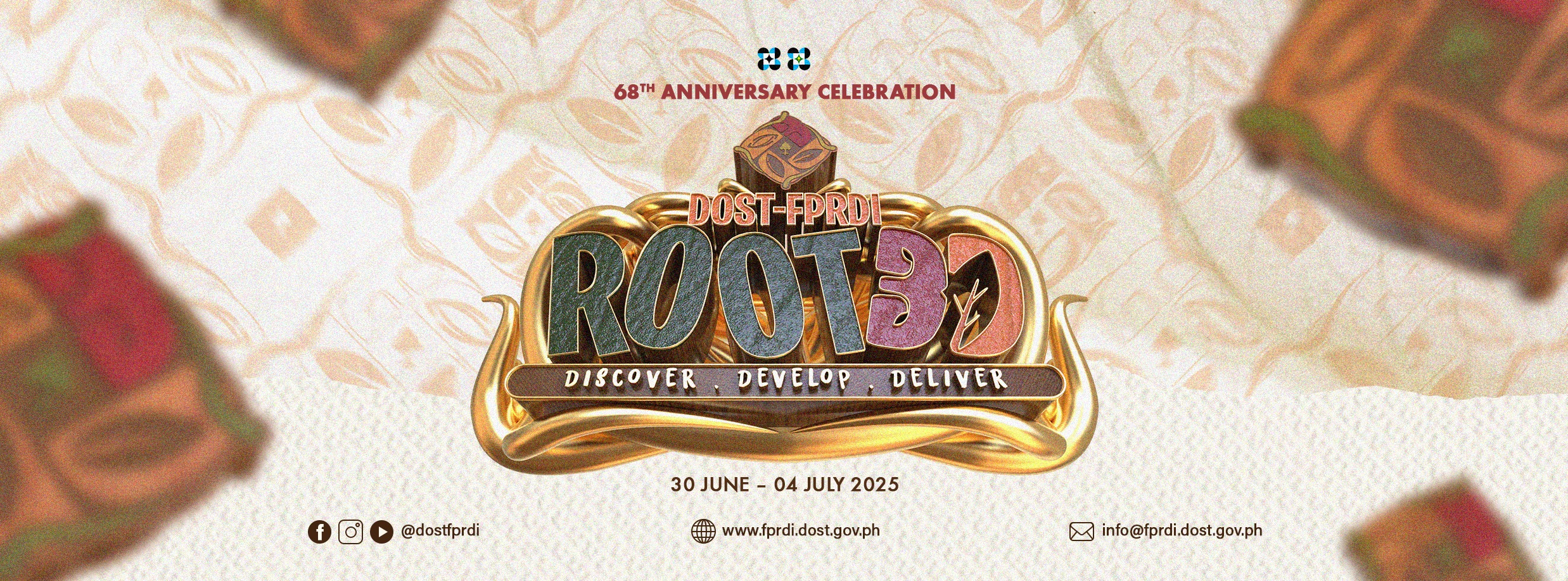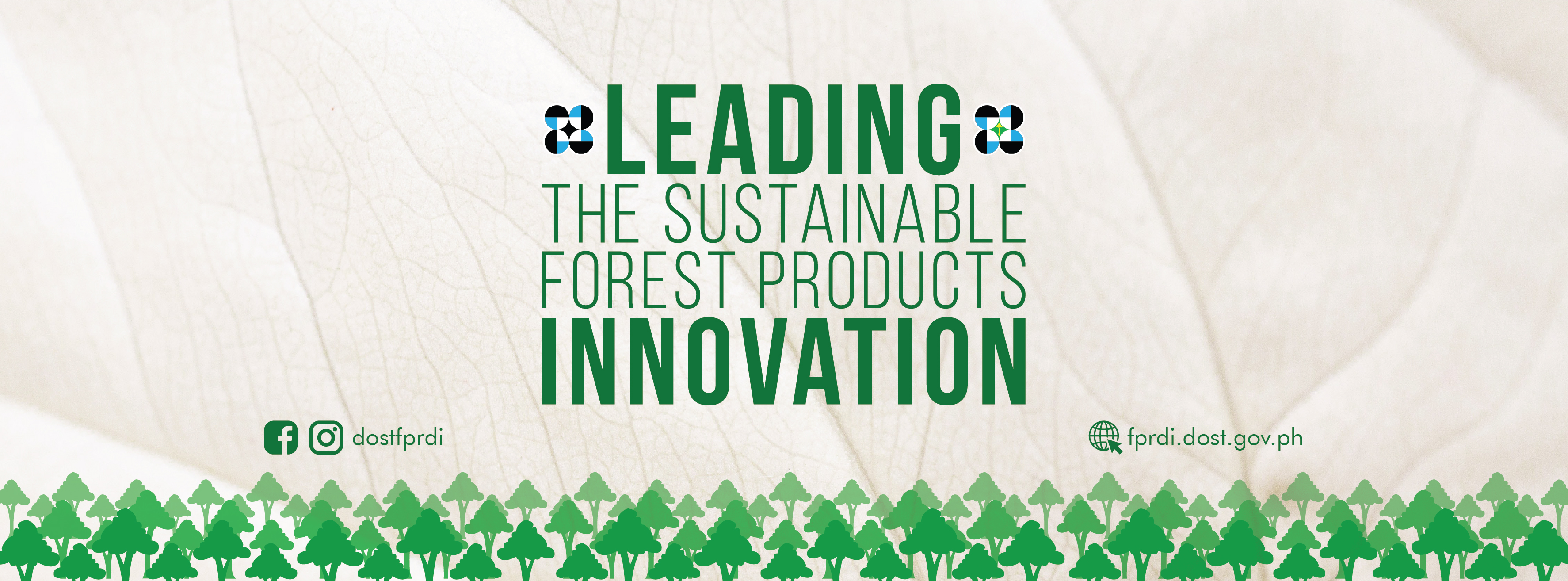Corn farmers get training on charcoal production
“Napakalaking pakinabang sa amin ang training na ito. Sa pamamagitan nito, magkakaroon ng pagkakataong madagdagan ang aming kita.” (This training course would be of good use to us. It can provide opportunities for us to increase our income.)
This was how Mr. Oscar Compra saw the Training on Charcoal Production and Briquetting at the Forest Products Research and Development Institute (FPRDI) last 26-27 November 2013.
Compra is the President of the San Andres Corn Farmers-Scientists’ Association, a cooperative based in San Andres, Quezon. Nineteen participants attended the training course conducted by FPRDI’s Technology Delivery and Industry Assistance Section (TDIAS).
“We plant and dry corn, and sell them in Lucena and San Andres, Quezon as feeds for pigs and poultry. During the process, we generate and discard at least 20 sacks of corn cobs every day. We want to turn these wastes into something useful,” explained Compra.
The training discussed the raw materials, procedures and advantages of charcoal briquetting, and the marketability of charcoal briquettes. The process of charcoaling was also demonstrated using corn cobs and rice hull. These raw materials were later compared in terms of their heating value and yield.
“Corn cob is a potent raw material for briquette production as it has high heating value,” said Zenaida R. Reyes, Training Coordinator. “For every kilo of charcoal fines from dried corn cobs, the participants produced 85 pieces of charcoal briquettes,” added Reyes.
Charcoal briquetting is the process of turning agro-forest wastes such as coconut shells, coffee bean hull and sawdust into densified charcoal. Briquettes are easier to ignite, burn slower and emit more intense heat per unit volume than ordinary charcoal.
“We hope to help improve the livelihood of these corn farmers, especially after their procurement of a briquetting machine,” ended Reyes.

|
| (Left) Participants get to experience using the FPRDI-developed carbonizer, which converts fine materials into charcoal powder. This powder is mixed with starch and molded to form charcoal briquettes (right). |
A spin-off from a techno-forum conducted by TDIAS earlier this year, the course was made possible thru the assistance of DOST’s Provincial Science and Technology Center in Quezon. ### (Apple Jean C. Martin, 05 December 2013)











